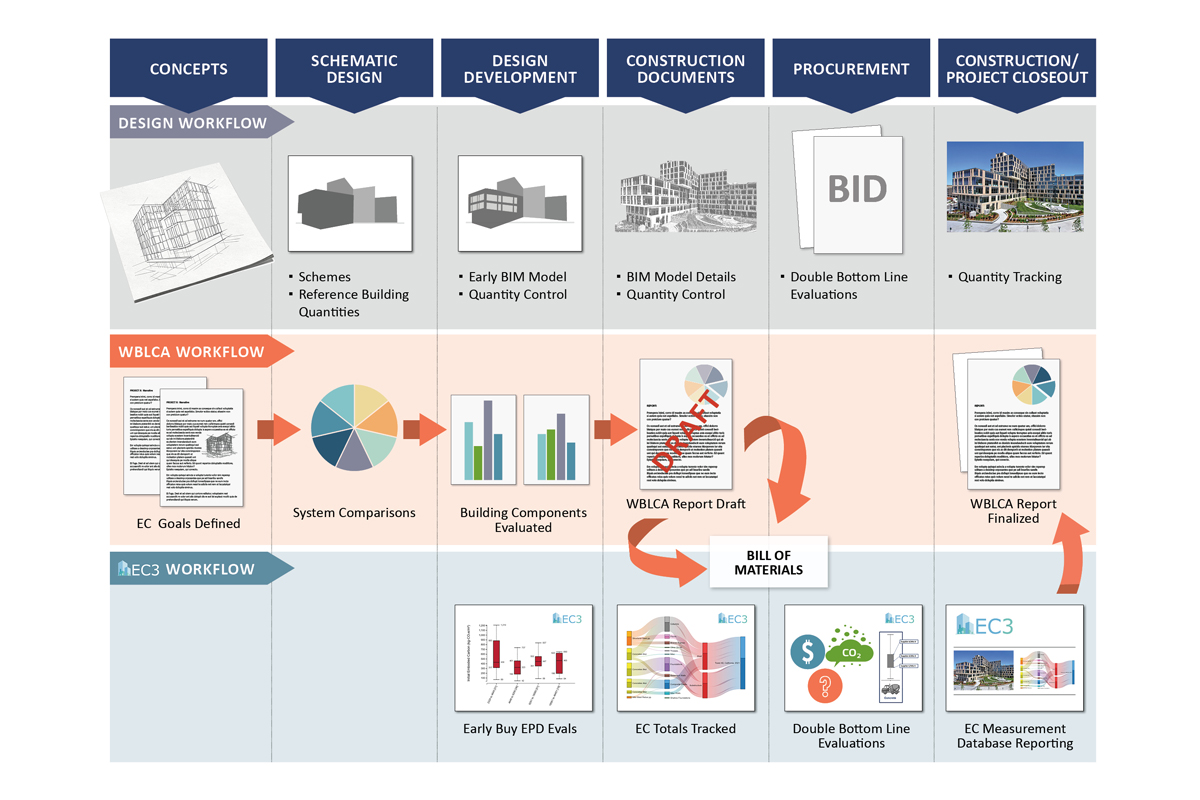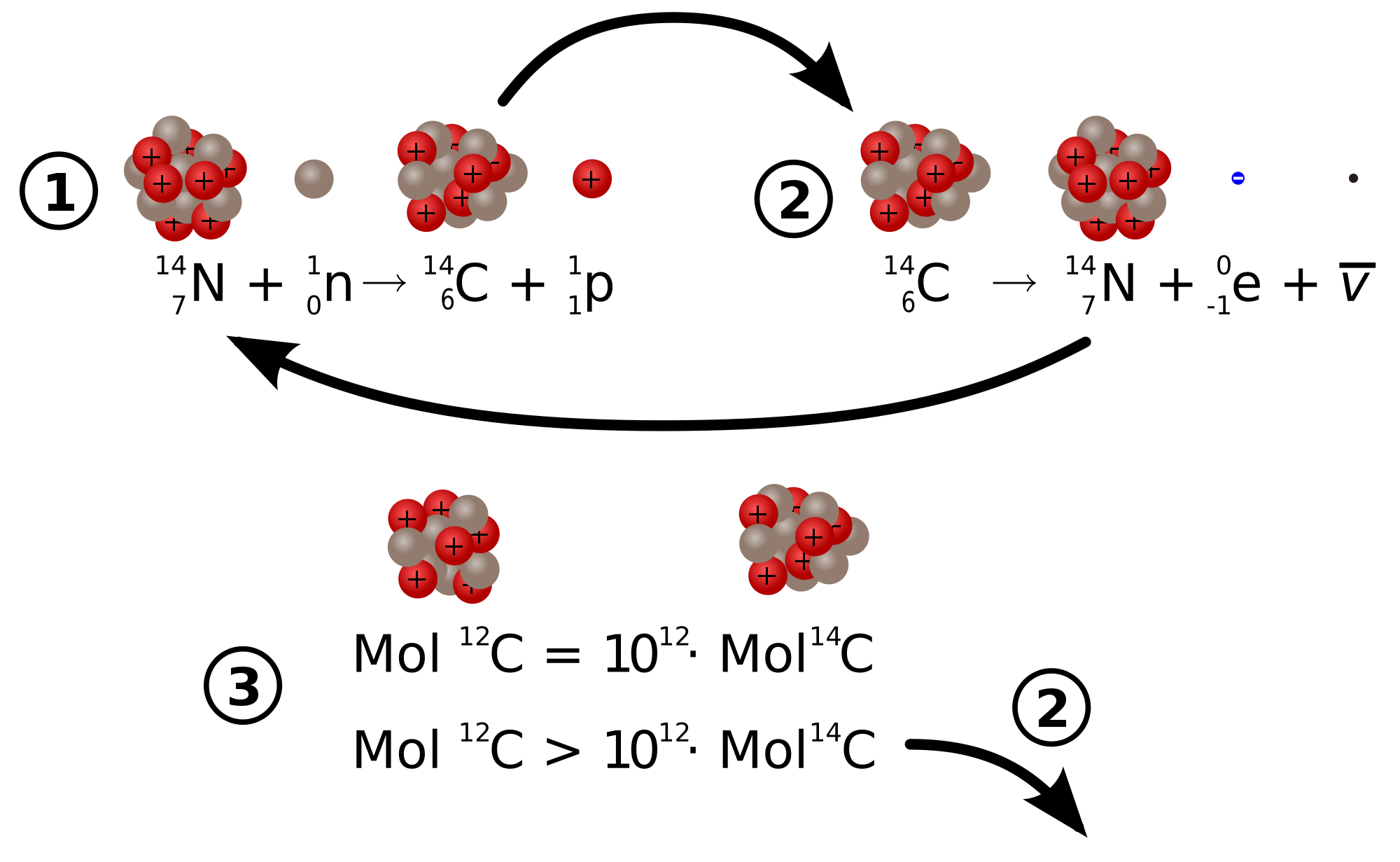

When volcanoes erupt, they eject enormous amounts of carbon into the air. Professor Nalini Nadkarni, an ecologist at The Evergreen State College in Washington stated that this testing caused: “a tremendous spike of 14C - actually 100 percent more 14C coming into the atmosphere than what we’d had previous to those atom bomb tests.” Researchers have found clever ways to normalize measurements to pre-bomb levels, but these extra complications may add more uncertainty to radiocarbon-based age assignments.įactor 3: Volcanic eruptions. Atomic bomb testing doubled the amount of 14C in the 1950s and 1960s. Do we have a complete record of forest fires dating back thousands of years?įactor 2: Atomic activity/releases. Massive forest fires can change 14C/ 12C ratios much in the same way that volcanic eruptions have. Just a partial list of these factors includes:įactor 1: Forest fires. Several unknown factors can seriously impact carbon ratios. While carbon dating can in fact return somewhat accurate ages for items that are a couple thousand years old (see discussion and endnotes below), too many evolutionary assumptions accompany carbon dates for items into the deeper past. So the method itself is not the issue-it’s the assumptions that are made when the raw isotope ratio gets converted to calendar years that carbon dating becomes unreliable and inaccurate, especially on very old artifacts. Ĭarbon-14 dating begins with sound, repeatable science when researchers record isotope ratios. Carbon dating of historical objects of known age is sometimes accurate back to about 1,000 BC, as verified by historical records.

However, coal, diamonds, and even dinosaur bones contain amounts of 14C at levels detectable by modern instruments.

Given the relatively short 14C half-life of 5,730 years, organic materials purportedly older than 100,000 years (nearly 18 half-lives) should contain absolutely no detectable 14C. Using a formula that compares that ratio to a standard modern ratio produces a “percent modern carbon” (pMC) value that scientists use to estimate carbon ages for carbon-containing materials.Ĭarbon-14 ( 14C) doesn’t decay linearly, but instead decays fast at first, then more slowly later, according to a predictable pattern that can be expressed in units called a half-life. Carbon dating works by basing an age calculation on the ratio of radioactive carbon ( 14C) to normal carbon ( 12C) in the atmosphere before nuclear bomb testing to the same ratio in the sample. It begins by measuring the ratio of radioactive versus stable versions of an element. Evolutionary researchers do not use it to age-date rocks. Carbon dating assigns ages to once-living materials such as wood, bone, teeth, and shells.


 0 kommentar(er)
0 kommentar(er)
